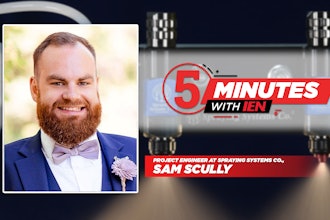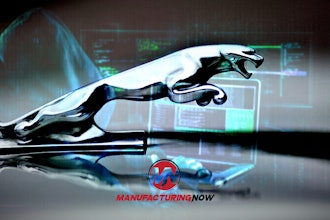It’s been nearly two decades since the end of the Concorde put a pause on the era of supersonic commercial air travel, but industry observers remain hopeful that the next generation of supersonic passenger jets isn’t too far away.
One of the most prominent backers of that effort is Aerion, a company founded by billionaire Robert Bass in 2003, just as the Concorde was heading out of service. The company unveiled its first business jet the following year, then overhauled that project as the AS2 a decade later. The AS2, backed by Boeing, would be able to carry a dozen passengers at speeds of 1,000 miles per hour — or Mach 1.4 — and the company is building a $300 million campus in Florida to begin making the jet.
But Aerion also says it has ambitious plans — to put it mildly — to return a supersonic passenger jet to the skies.
The company this week outlined the AS3, a jetliner that would be able to carry 50 passengers at four times the speed of sound — good enough to cut the current 12-hour trip from Los Angeles to Tokyo down to three hours. It would also feature a range of 7,000 nautical miles, which would reportedly be able to cover all but the longest current nonstop flights.
Aerion officials said concept and design work is underway, and that the company hopes to put the jet in the air by the end of the decade — an aggressive goal given its previous product development timetable and the potential pitfalls facing any supersonic project, from concerns about the noise from sonic booms to growing worries about the impact of aviation on carbon emissions.
The company promised that its technology would feature “revolutionary advances” to improve the aircraft’s efficiency and environmental impact, but officials were vague about what those could be. The company hinted, however, that they would stem from a partnership with NASA researchers to look at commercial flight between Mach 3 and Mach 5.
Aerion says it plans to unveil additional details about the project late this year.






















